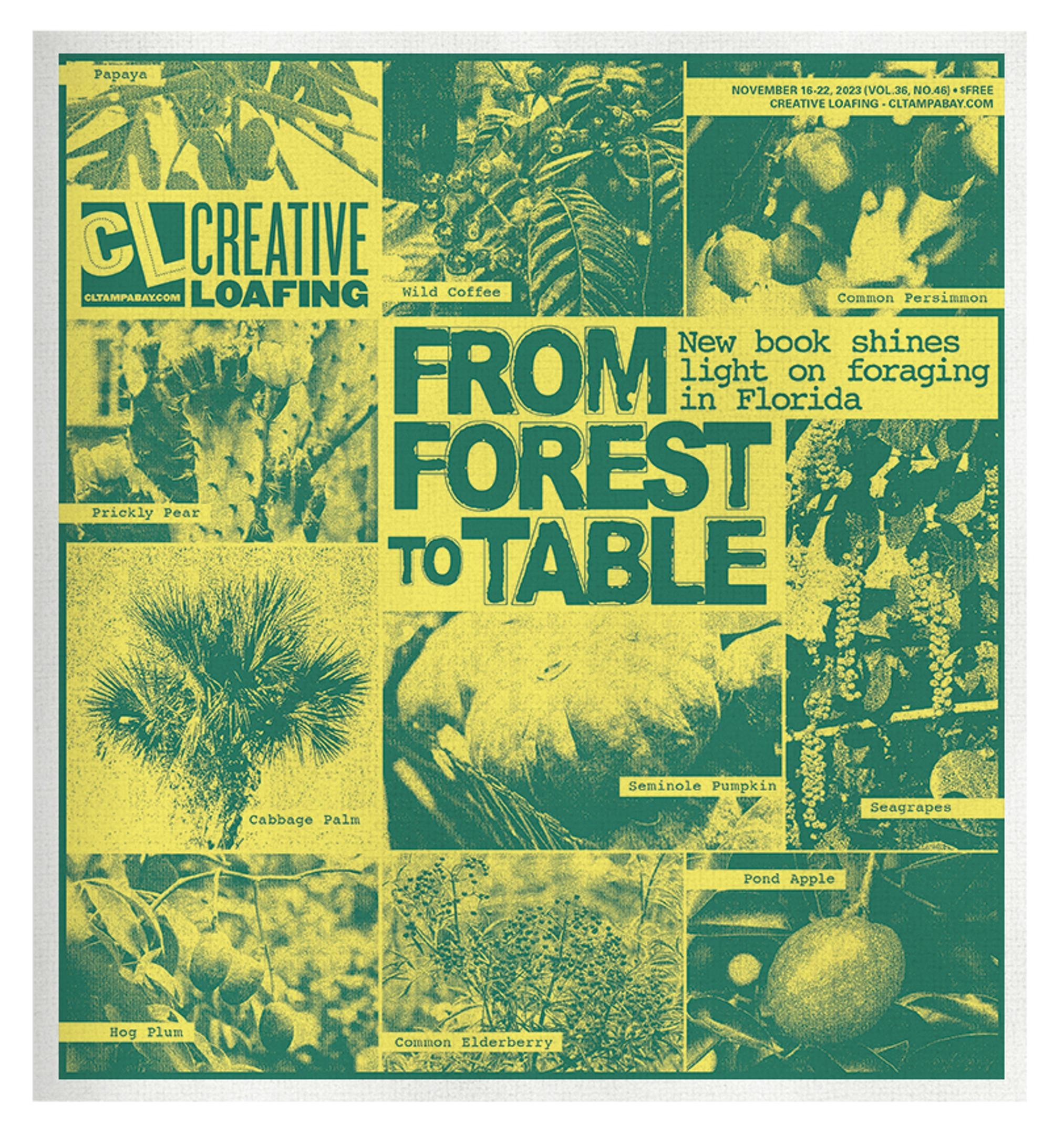Residents of Florida are no stranger to the state’s different fruit seasons, where trees in almost every neighborhood bear loads of fleshy, seed-bearing byproducts—some recognizable like avocados and mangoes, and some not so familiar. But we may not be as aware of the potential of our natural surroundings to provide sustenance, nutrition and even medicinal benefits.
Botanist, Florida native and “Naked and Afraid” survival consultant Roger L. Hammer released his book, “Foraging Florida: Finding, Identifying and Preparing Edible Foods Wild Foods in Florida” in September—the latest in his multitude of educational nature guides.
The book opens with a stark disclaimer that unambiguously, and repeatedly, reminds readers that the work is a reference and that there are dangers when it comes to eating collected from the wild. It contains 261 pages of herbs, wild fruits, useful plants that are commonly deemed as weeds, palms, root vegetables and berries that grow in every nook and cranny of the Sunshine State’s unique ecosystem. Some of these edible plants are even common trees or flora you may drive by every day.
There’s a ton of “do’s” and what seems like a bajillion “don’ts” when it comes to foraging (seriously, snacking on the wrong herbage can cause mild paralysis at best and death at worst), but Hammer’s slew of guidance can help turn a regular walk through the park into an educational experience. While the book is chock full of useful foraging information, Hammer makes sure his latest work doesn’t come across like a textbook; it’s still a light read filled with little quips and botany jokes.
“Foraging Florida”, which is out now via Falcon Guides, can serve as a guide for any Floridian—Tampeños and St. Petians included—who want a starting point for recreational foraging, and to make sure they go about things legally, ethically, and in a way that honors the generations of Native American land stewards, many of whom discovered these medicines and food preparations several centuries ago.
Tampa resident Noah Peretz started foraging in the greater Bay area about a year ago, after a friend pointed out a few edible plants while the two were on a walk through their neighborhood.
“I’ve always been interested in food and cultivation and whatnot, I grew up with fruit trees in my backyard. But the task of foraging for food was always kind of daunting,” Peretz, 26, tells Creative Loafing Tampa Bay. “There’s a lot of stigma around foraging and the high potentiality to get sick or get exposed to something, which kept me away from it for quite a while.”
After attending a guided wild mushroom tour in Washington state, Peretz decided to explore Florida’s foraging potential. They recommend to any novice foragers to do some preliminary research before heading out to an area, like downloading a plant identification app or using Google maps to look for patches of wildlife that may support the specific plants you’re looking for.
Here are 23 plants in Tampa Bay that you might not have known were edible.
Foraging Florida: 23 Tampa Bay plants you didn't know you could eat
By Kyla Fields and Ray Roa on Wed, Nov 15, 2023 at 10:22 am
Tags:
Scroll down to view images
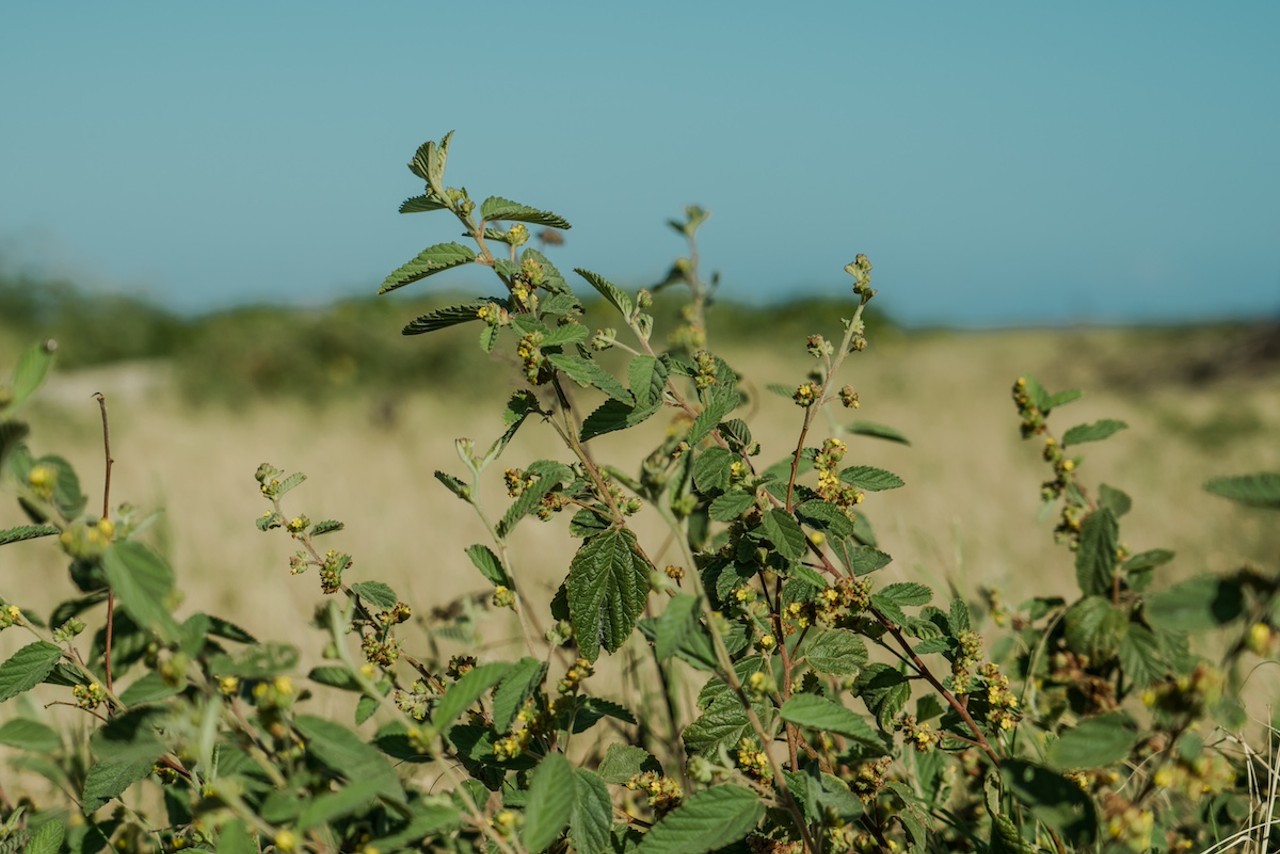
Sleepy morning
Known colloquially as velvet leaf and monkey bush—and found throughout Hillsborough and Pinellas’ scrub habitat, margins of forests and sandhill—Waltheria indica has small (eighth of an inch) yellow flowers that open as the day starts. Those flowers, along with the plant’s dried leaves and young stems are mostly used to brew tea that can be served hot and cold, preferably with honey.Photo via Youil/Adobe

Photo by Paul Marcellini
Botanist, Florida native and “Naked and Afraid” survival consultant Roger L. Hammer released his book, “Foraging Florida: Finding, Identifying and Preparing Edible Foods Wild Foods in Florida” in September.

Cabbage palm
You probably walk by dozens upon dozens of sabal palmettos or cabbage palms on any nature walk without realizing they’re actually edible. Since harvesting hearts of palm kills the tree and is considered illegal unless it takes place on private property, this Florida state tree is labeled a protected species “in order to avoid wholesale harvesting in natural habitats for commercial exploitation.”Photo via doncon/Adobe

Cattail
Two species of Typha spp occur in Florida, and there aren’t many people who haven’t seen the hot dog-looking clusters that are the hallmark of female cattails. Some parts of the plant are edible throughout its lifespan—from the vitamin C-rich pollen that’s added to flour or the young stems that can be peeled like corn, and the stemmy rhizomes that are baked, grilled and broiled.Photo via CJHWHiggins/Adobe
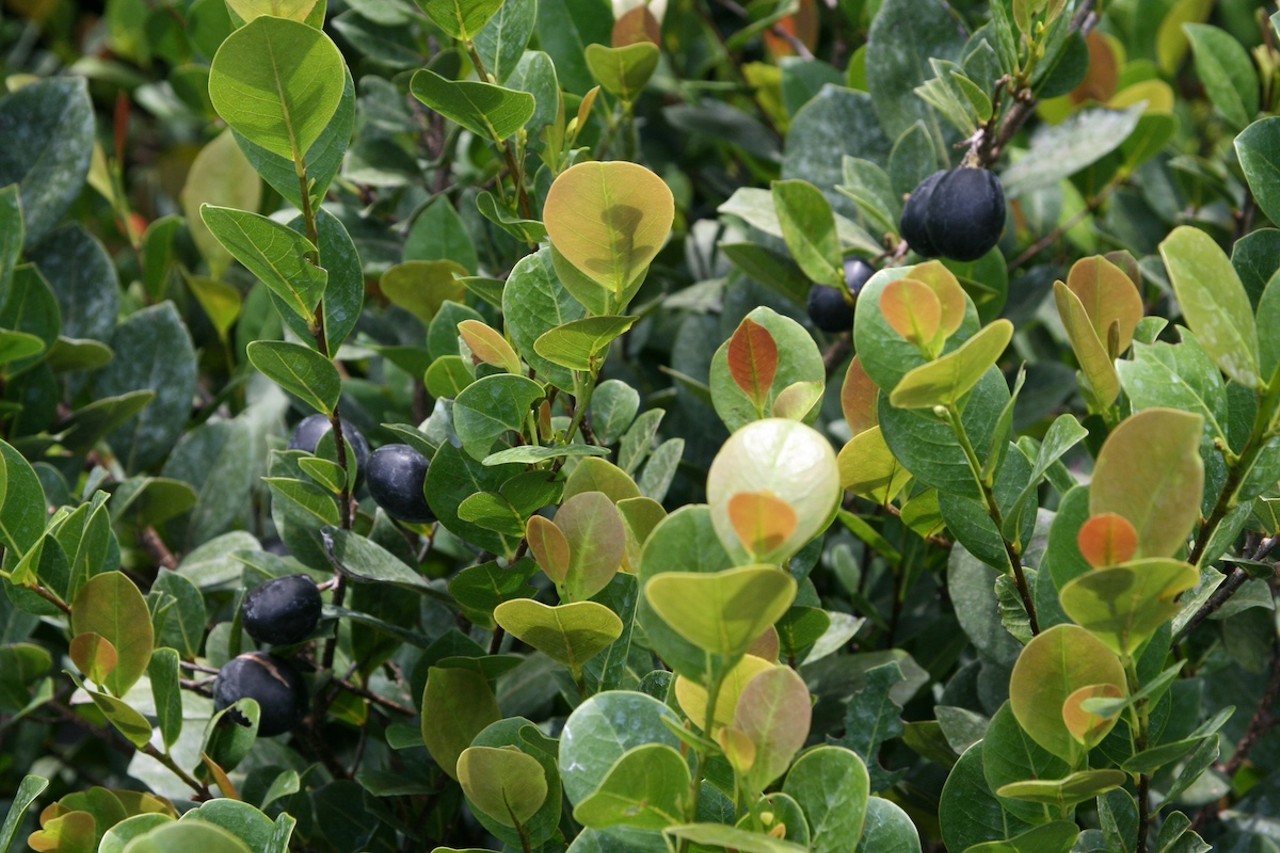
Cocoplum
Also known as a paradise plum, the purple-oblong-fruited plants are found as far north as Pasco County, mostly in pinelands, dunes, coastal strand and wooded swamps. Chrysobalanus icaco’s leaves have been used to treat high blood sugar levels, but most people enjoy the marshmallowy-texture of the flesh and almond-like-flavor of the seed kernel. Cocoplum jam is popular, too.Photo via ElvisSantana/Adobe

Common elderberry
Common throughout the country and well-known in the foraging world, Sambucus canadensis—a small tree up to one-foot tall with toothed leaflets and white flowers arranged in five-to-eight-inch clusters—can be used in syrups, cordials, tea, and even fried.Photo via Sunshowershots/Adobe
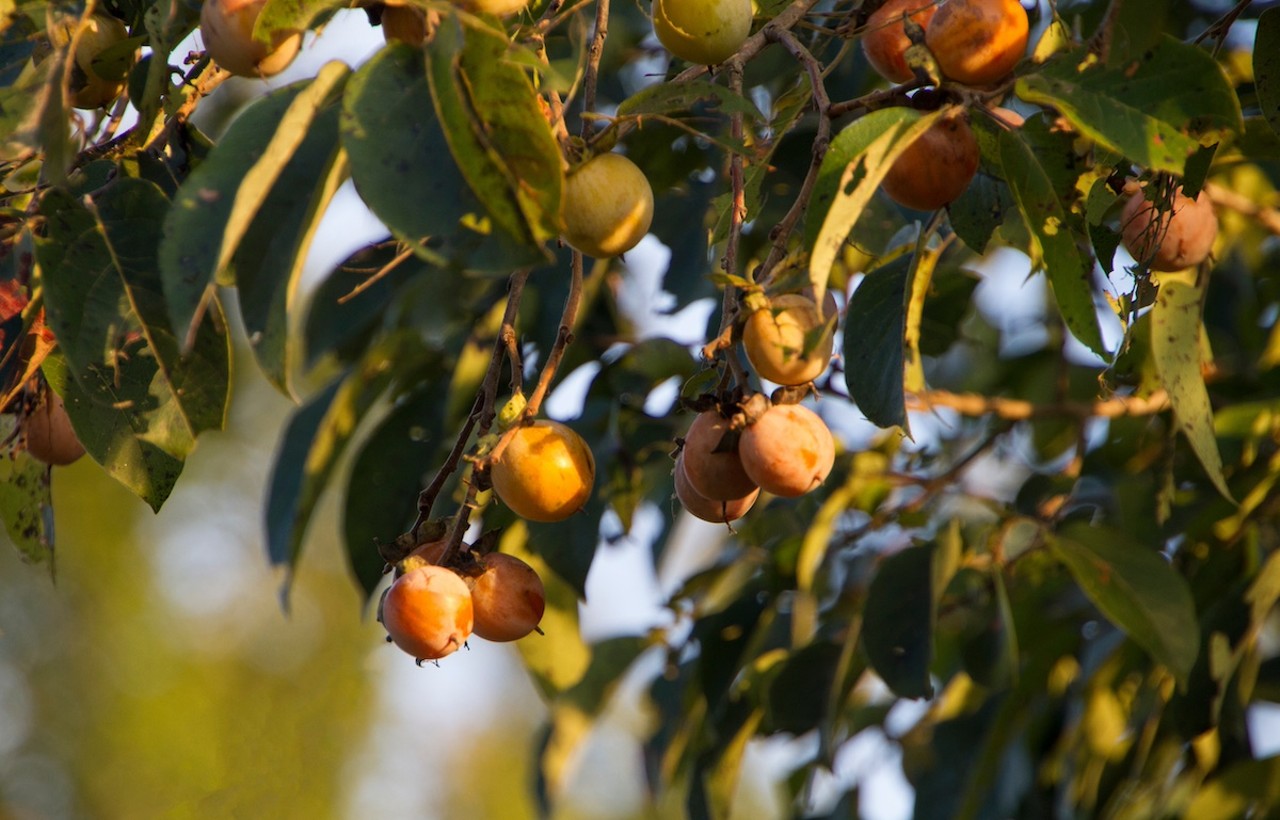
Common persimmon
Diospyros virginiana grows in the hardwood forests, coastal stands and flooded woodland of Florida (but not in the Keys). Fruits on the female trees turn orange when ripe—and are used in puddings, smoothies, jams and more—but don’t eat the unripe fruits since Roger L. Hammer says they “may create a blockage in the upper intestines and require surgical removal.”Photo via TamaraHarding/Adobe
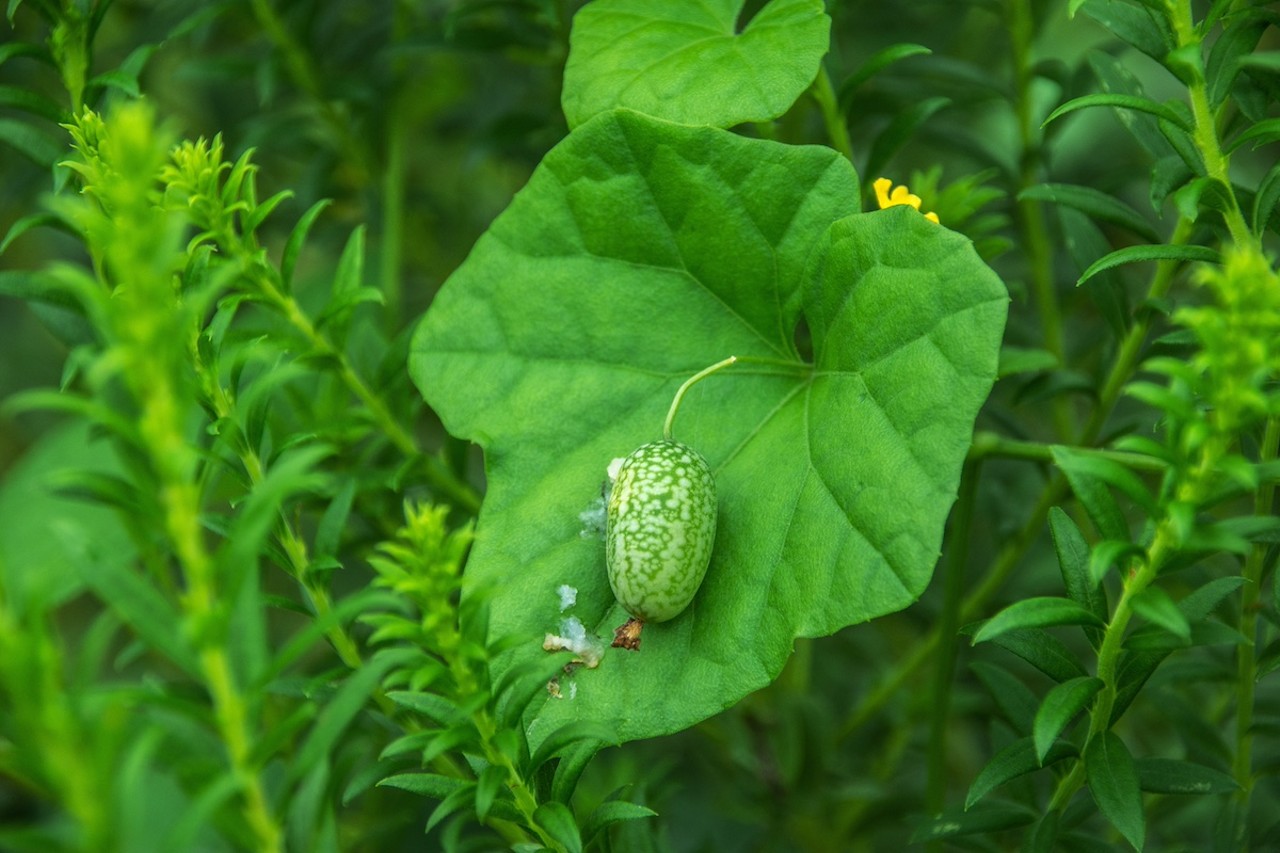
Creeping cucumber
This cherry-sized “mouse’s melon” is found on fences throughout Florida and looks like mini green watermelons before they ripen. Usually eaten fresh, pickled or chopped into salads, ripe Melothria pendula (the fruit turns black), has been known to cause explosive diarrhea—so eat with caution.Photo via Lawrence/Adobe
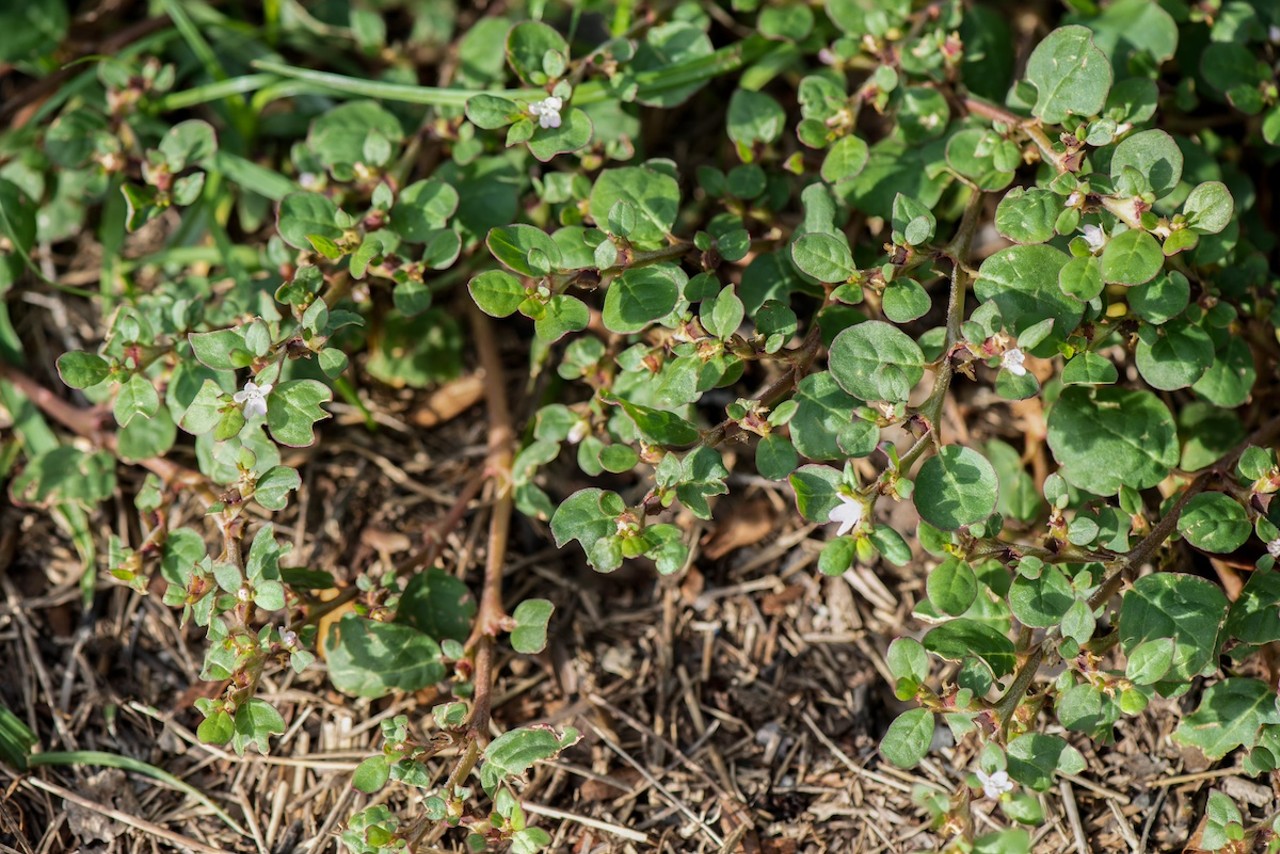
Desert horse-purslane
Commonly known as pigweed, this pinkish, flowering plant can be found throughout Hillsborough and Manatee counties, and as far south as Miami-Dade. Only harvest the young, tender leaves of the Trianthema portulacastrum plant for a raw snack or boil them to reduce its intense, salty taste. Throughout tropical America, the West Indies, and Africa, pigweed is used for its medicinal properties and can cause beneficial effects on the liver.Photo via wasanajai/Adobe
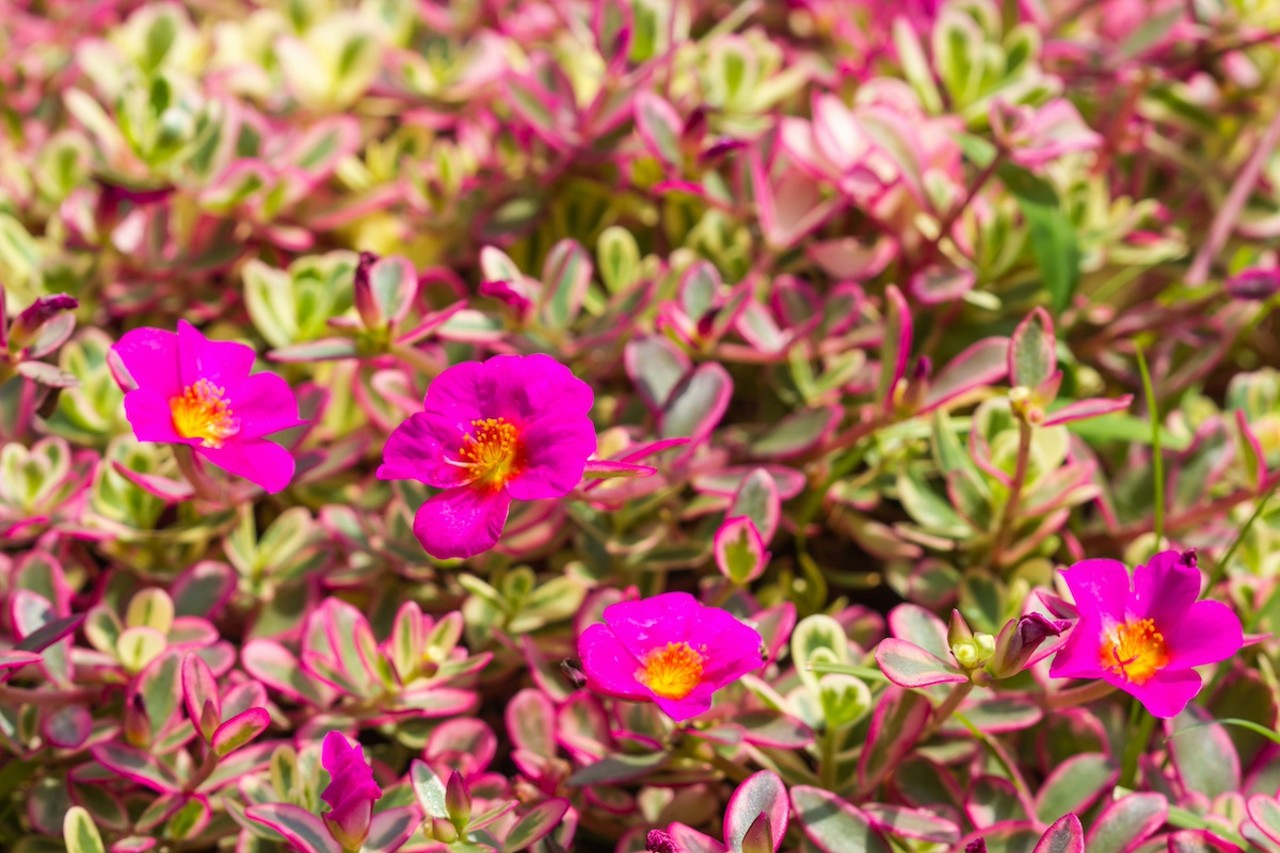
Field purslane
Hogweed is a ground-dwelling perennial with thick, fleshy stems and green-or-red leaves that are high in vitamins and are a rich source of omega-3 fatty acid (more than any leafy vegetable, actually). Chickens that eat Portulaca oleracea have lower cholesterol in their eggs, and humans can add the leaves to salad, use them to thicken soup, and even act as a base for chimichurri in Argentina.Photo via nawin/Adobe
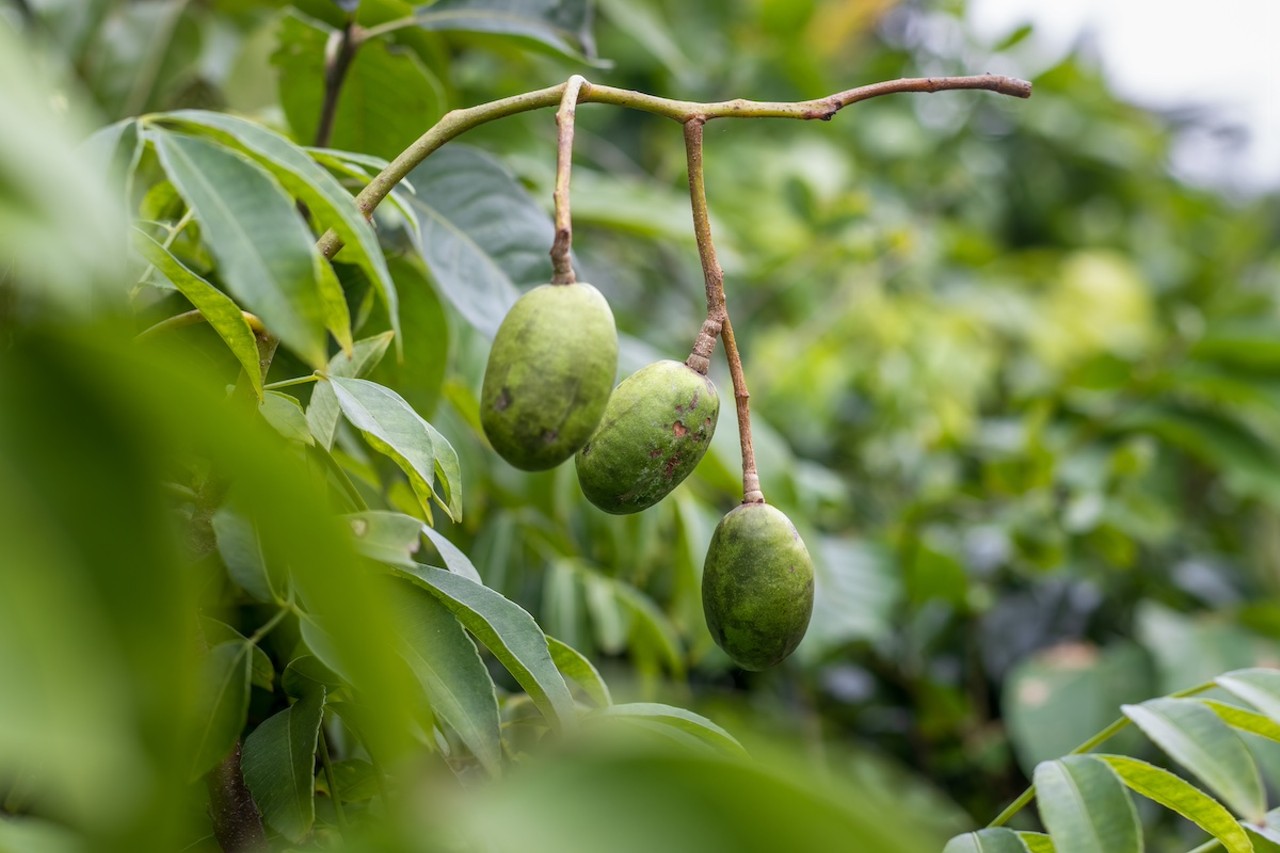
Hog plum
One of Roger L. Hammer’s favorites, Ximenia americana is found in Florida’s hammock margins, wooded swamps and sandhills. The bark has medicinal qualities, and its fragrant, white-to-yellow leaves are near the oblong, yellow-when-ripe fruit that can be picked and eaten (skip the seeds).Photo via xookits/Adobe
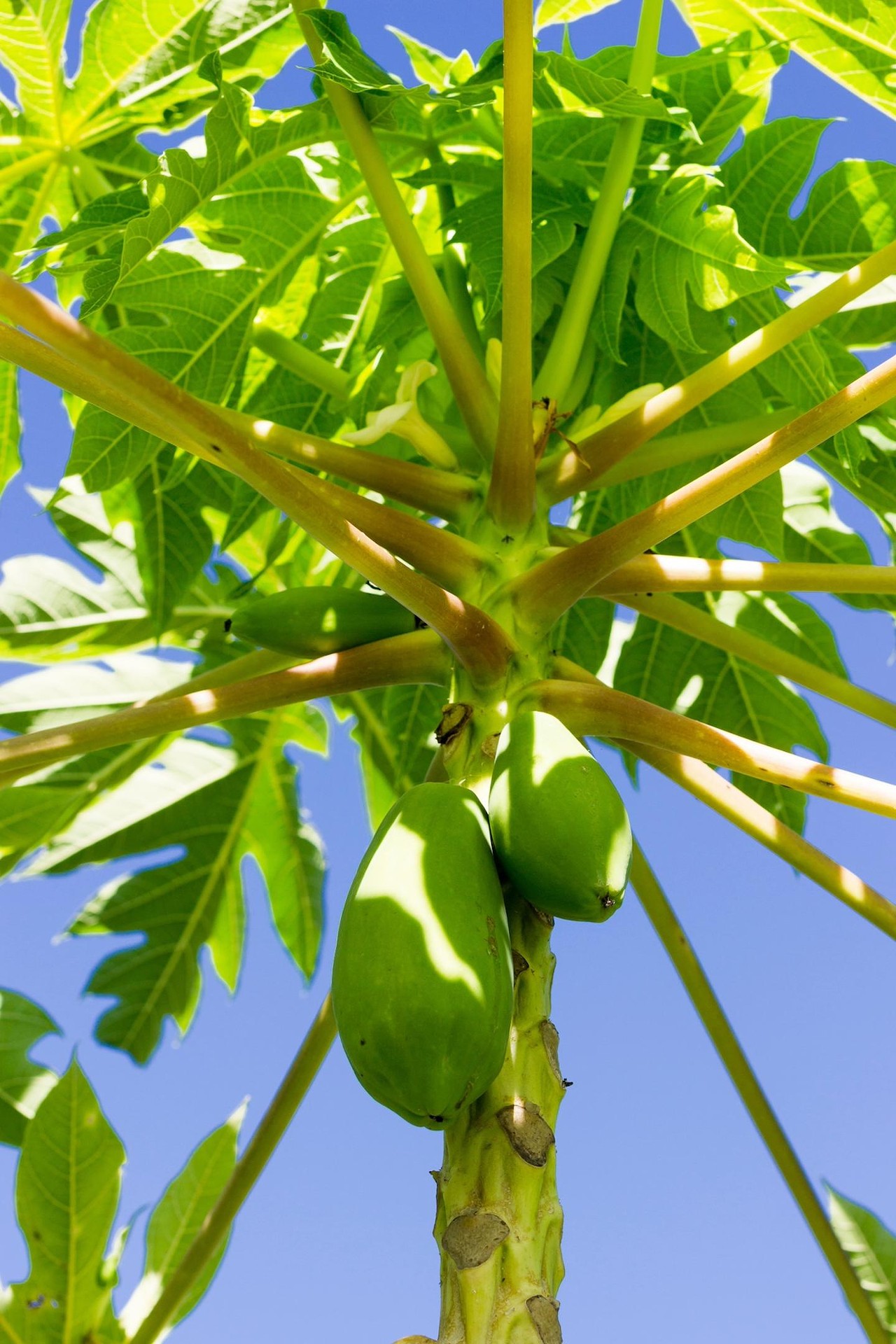
Papaya
Considered native to the Sunshine State, papayas can be found in Hernando counties south through mainland Florida, including different hammock margins and canopy gaps in the greater Tampa Bay area. Wild papayas are much smaller than the fruits you see in the grocery store (about two-and-a-half inches wide), but are still considered one of the healthiest fruits you can eat. Unripe, green papayas can also be sauteed or pickled.Photo via tanvirshafi/Adobe
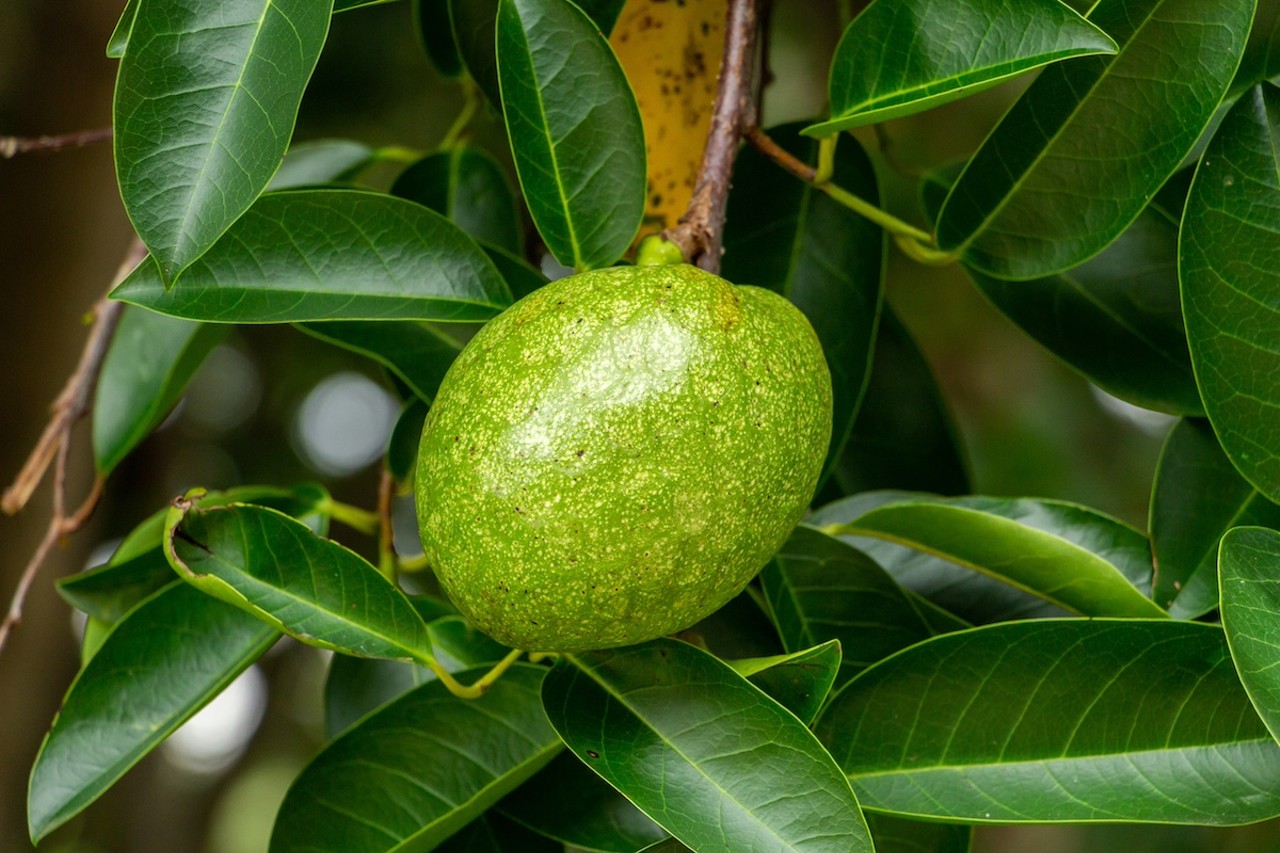
Pond apple
You’ll probably find these fruits—colloquially known as alligator apples and by its scientific name Annona glabra—in Manatee county or anywhere south of that. Its fruits average about four inches long and three inches wide, and its flesh can be eaten as it ripens from green to yellow. While its flavor is much more mild than the related custard apples or popular soursop fruit, pond apples can still be made into a variety of pies and desserts.Photo via Sunshower Shots/Adobe
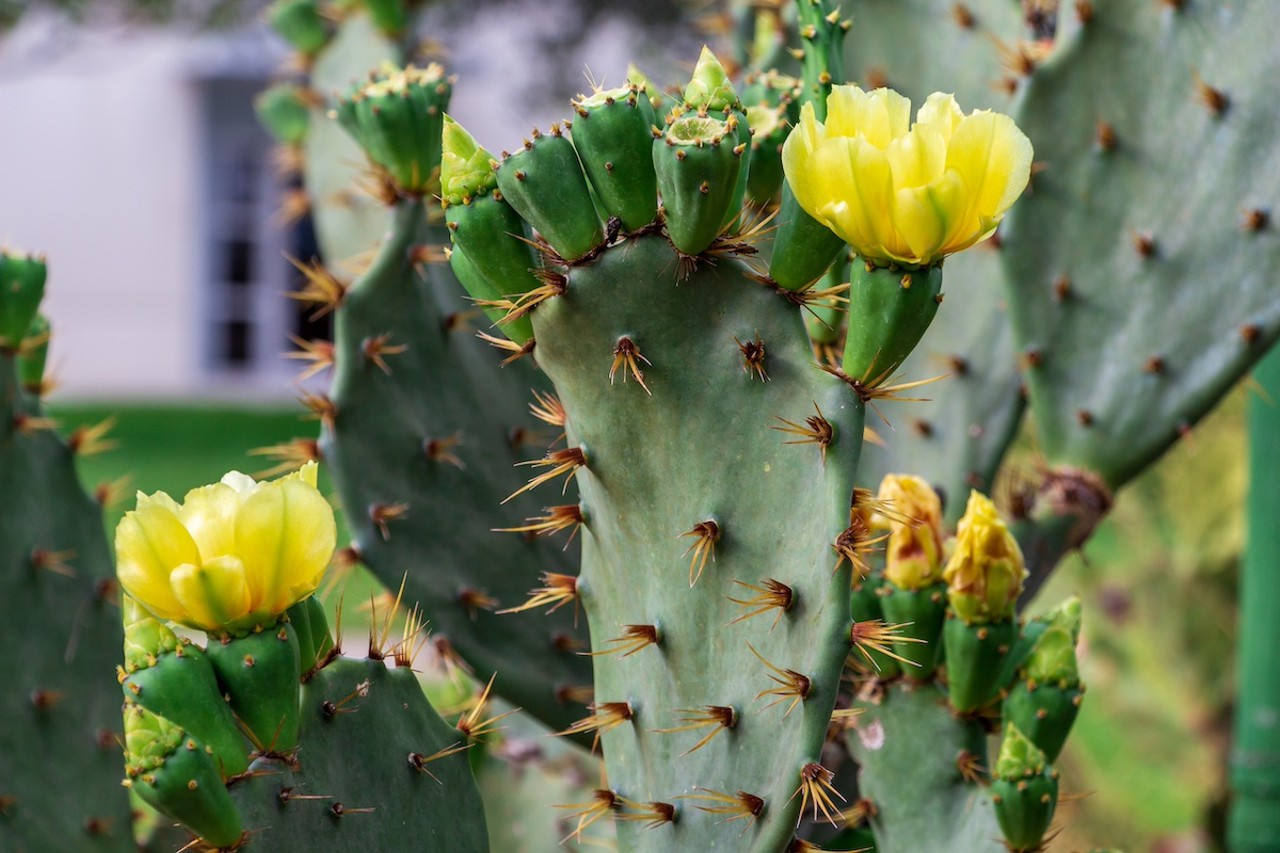
Florida Prickly Pear
Commonly known as Devil’s tongue or by its scientific name Opuntia austrina, prickly pear can be used for more than margaritas at your local Mexican restaurant. While the plant’s sharp spines obviously have to be handled with caution, the ripe fruits can be eaten and its pads or “nopales” can be carefully peeled (while wearing thick gloves) and sauteed.Photo via SunshowerShots/Adobe
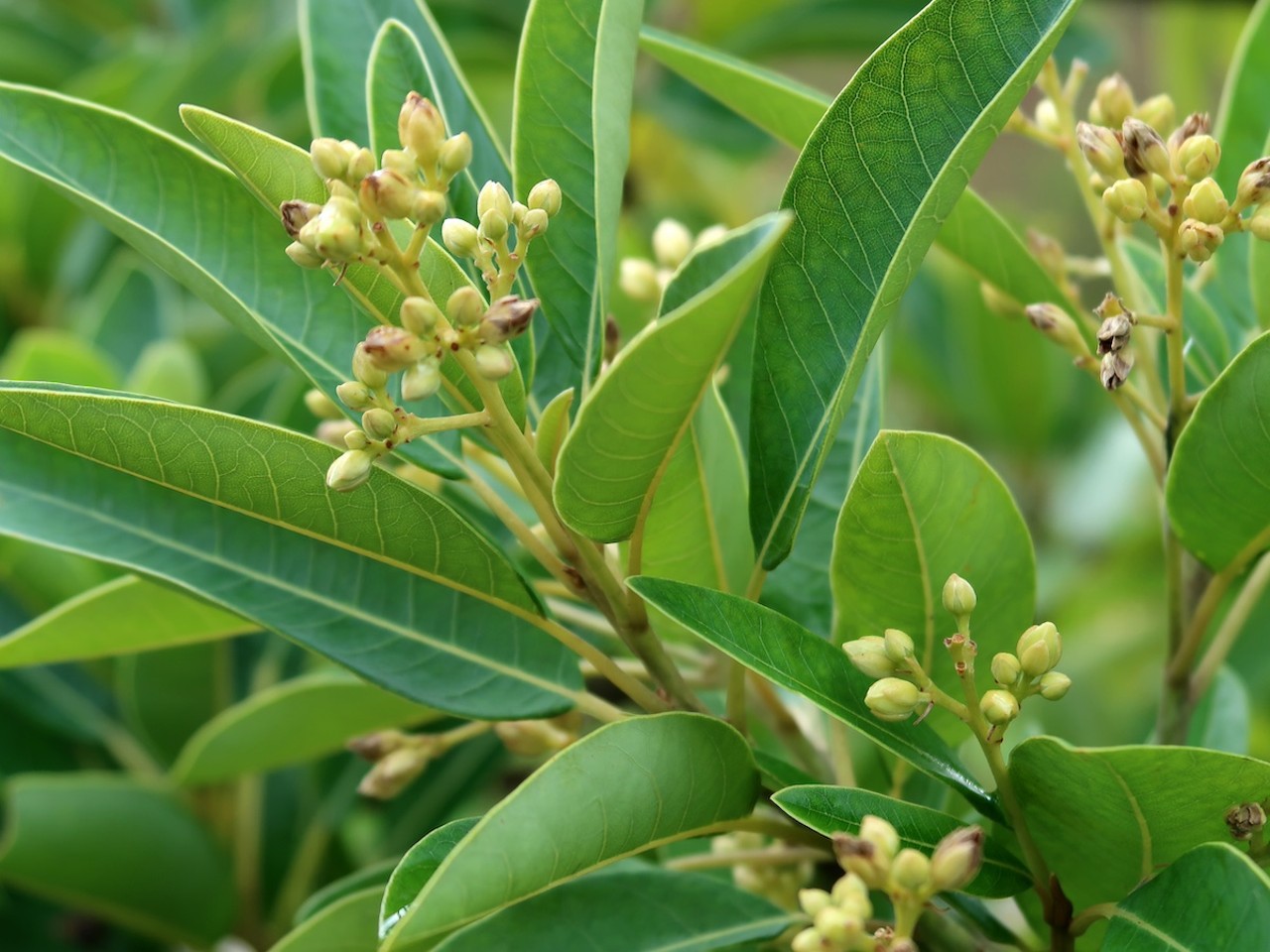
Red bay
In his book, Roger L. Hammer cautions that the Seminole “used a concentrated infusion of red bay leaves as an abortifacient, so women in early stages of pregnancy should avoid its consumption.” Keeping with the edible theme, rust-colored leaves from Persea borbonia var. Borbonia—which is found throughout Florida’s xeric and mesic forests, swamps and pinelands—have been used in tea and to flavor spaghetti sauce in lieu of Bay leaves.Photo via KonstanzeGruber/Adobe
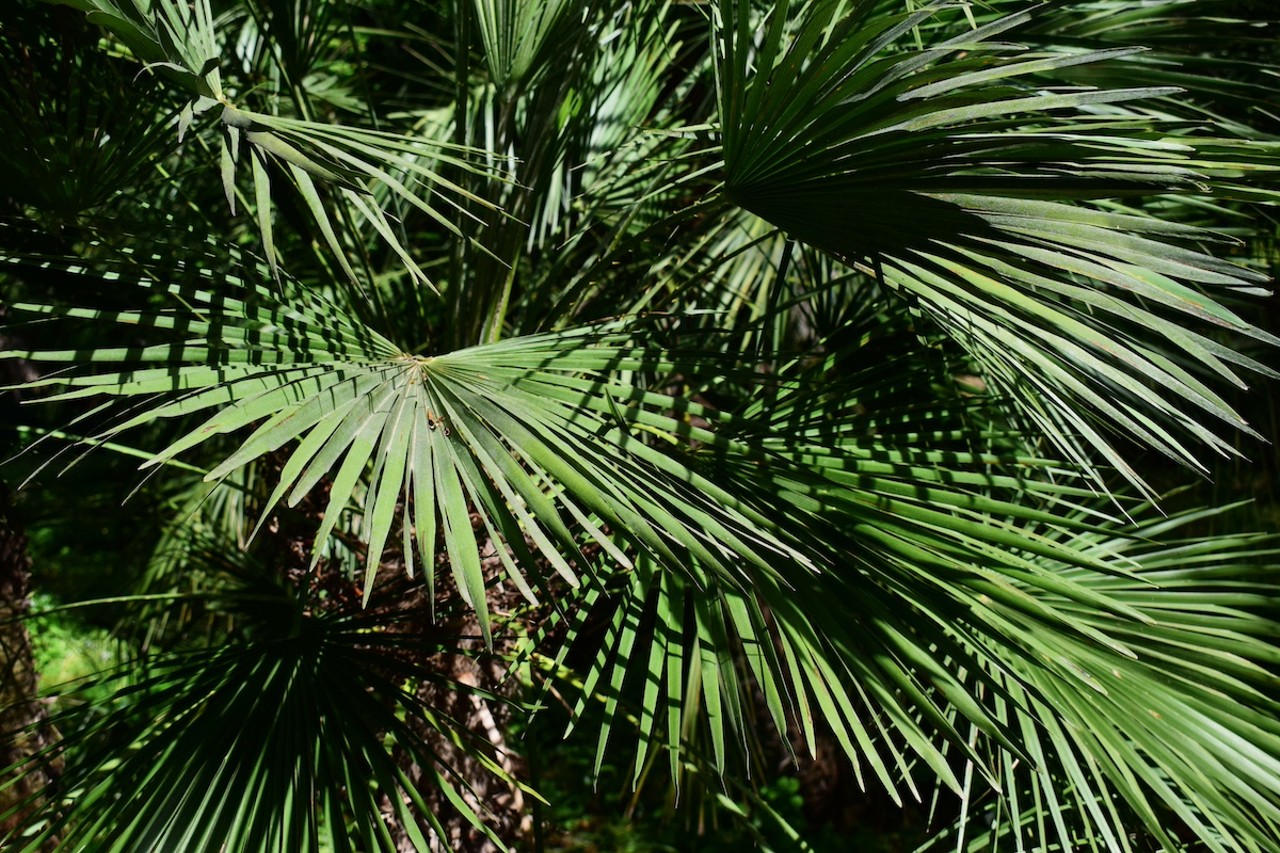
Saw palmetto
Similar to the cabbage palm, the saw palmetto or serenoa repens is an extremely common species throughout the Sunshine State, but harvesting its “heart” should still be reserved for palms that are destined to be bulldozed. In addition to its heart—which actually doesn’t kill the saw palmetto during harvest since it's a multi-trunked species—this plant also produces edible fruits that have a pungent taste of “rotten cheese steeped in tobacco juice.”Photo via JuanAntonio/Adobe
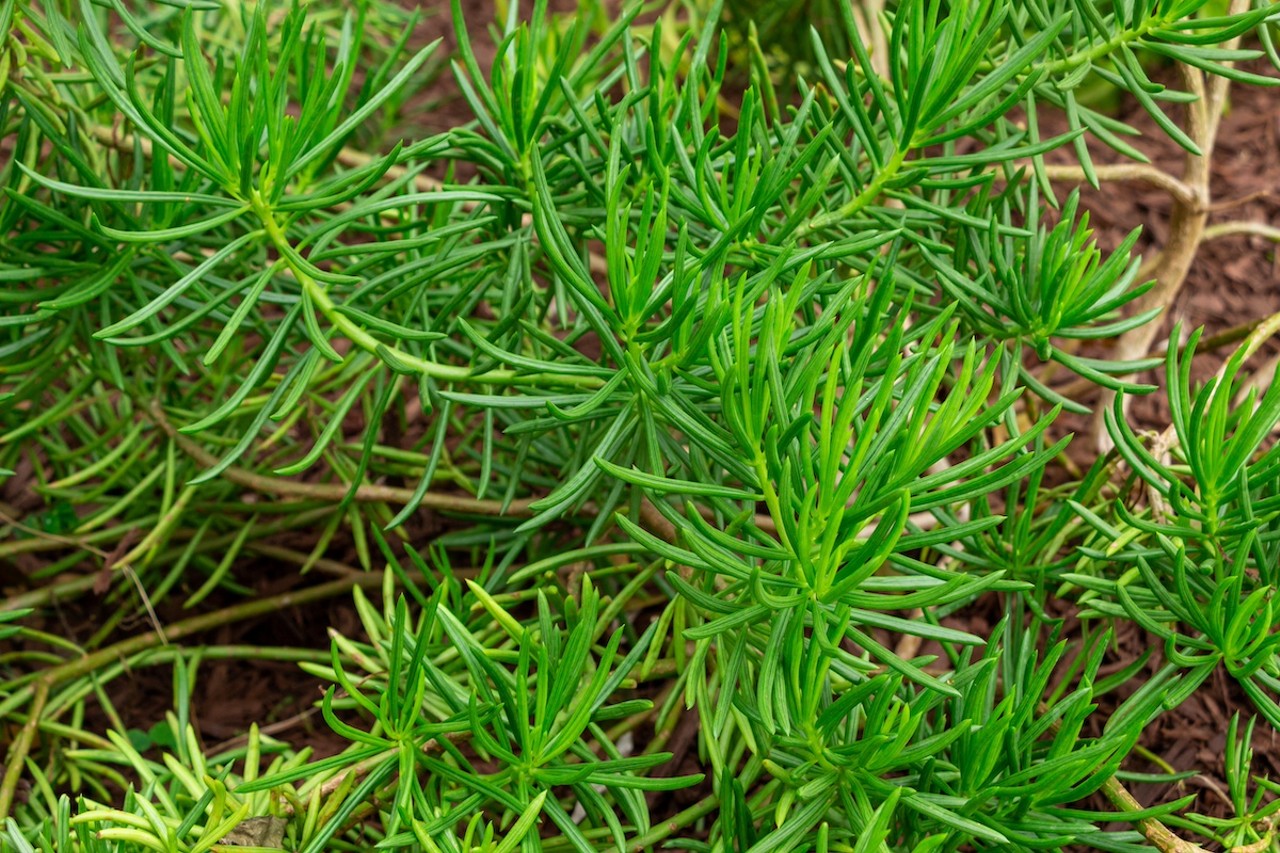
Sea blite
Suaeda linearis lives on coastal dunes, salt marshes, mangrove forests, and rocky shorelines—and shares habitat with eastern diamondback rattlesnakes, so be careful when collecting. Leaves on the plant—about 10-30 inches tall, with bisexual flowers on branched spikes—can be picked as a salty snack and added to salads and soups instead of salt.Photo via Sunshower Shots/Adobe
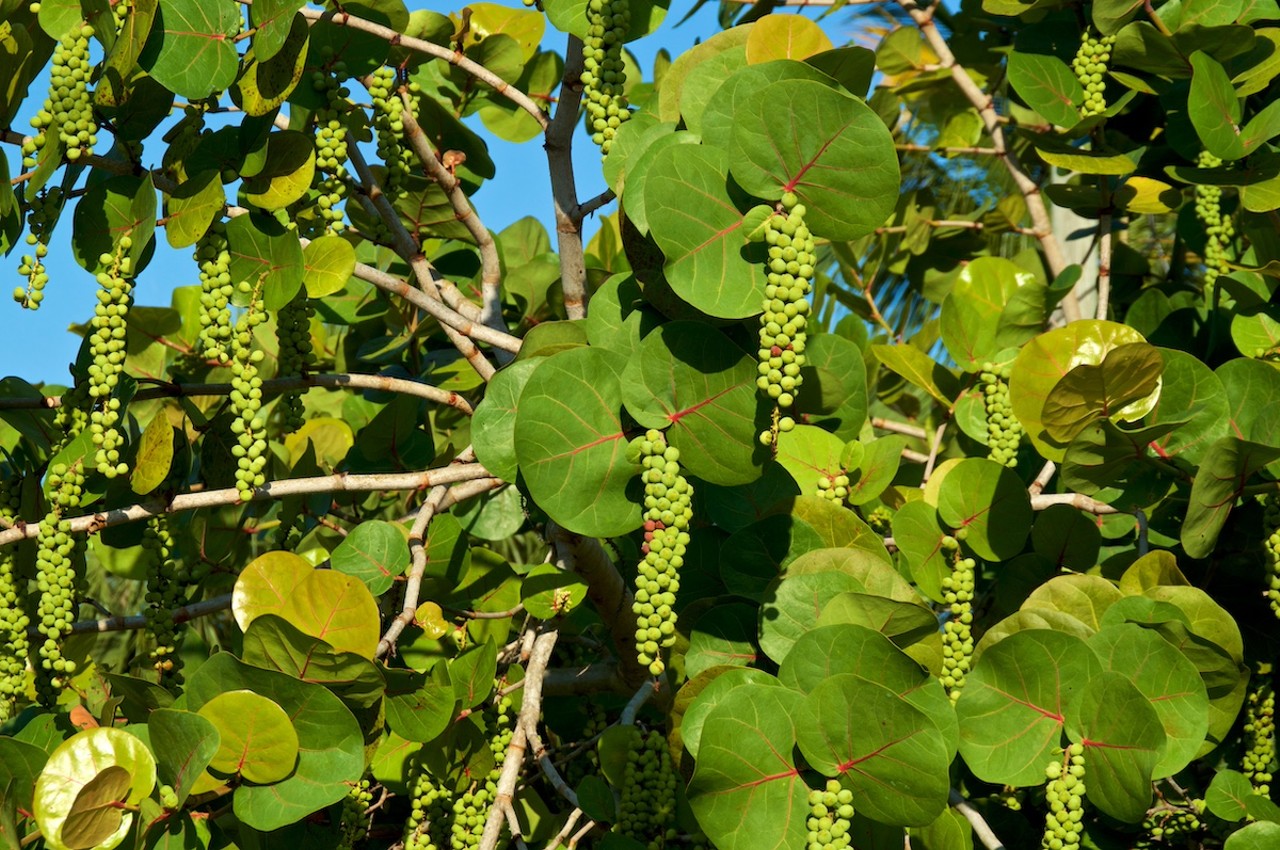
Seagrape
You’re not Floridian if you can’t identify the green and ripened deep purple fruit of Coccoloba uvifera, which is commonly found on beach dunes and rocky shorelines. Technically, seagrapes are protected by Florida Statute making it illegal to harvest any part of the plant without consent from the owner (be it the state or private landowner), so do the right thing before trying to make your own seagrape jelly.Photo via StephenOrsillo/Adobe
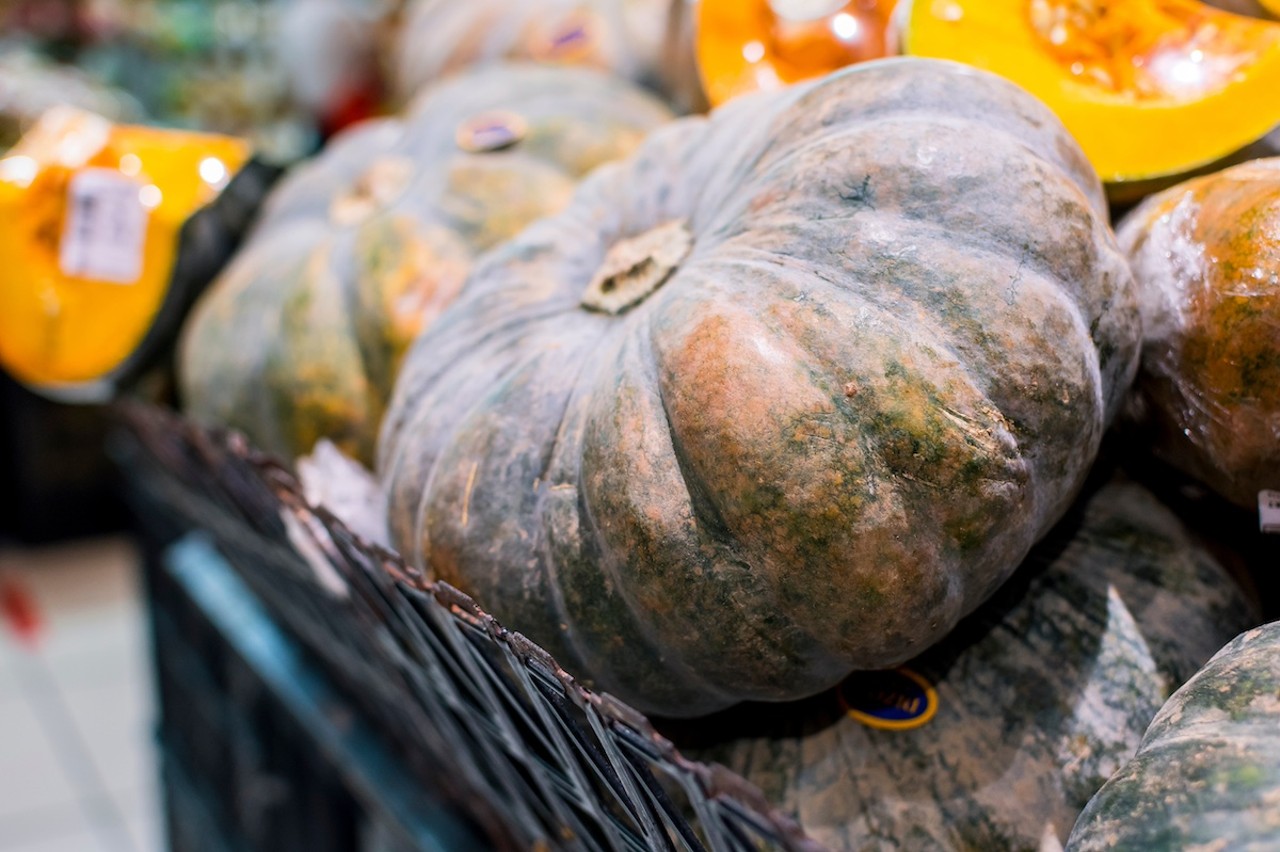
Seminole pumpkin
Cucurbita moschata may be found in Hillsborough county and as far south as Miami-Dade county, and has a long history as a staple among Native Americans, including the Hopi, Iroquois, Maricopa, Navajo, and Seminole tribes. It can be treated as any other type of squash, whether you prefer it boiled, baked or even microwaved. Be sure not to mistake the Seminole pumpkin for the inedible Okeechobee gourd, which is mottled green and slightly larger than a baseball.Photo via MDVEdwards/Adobe
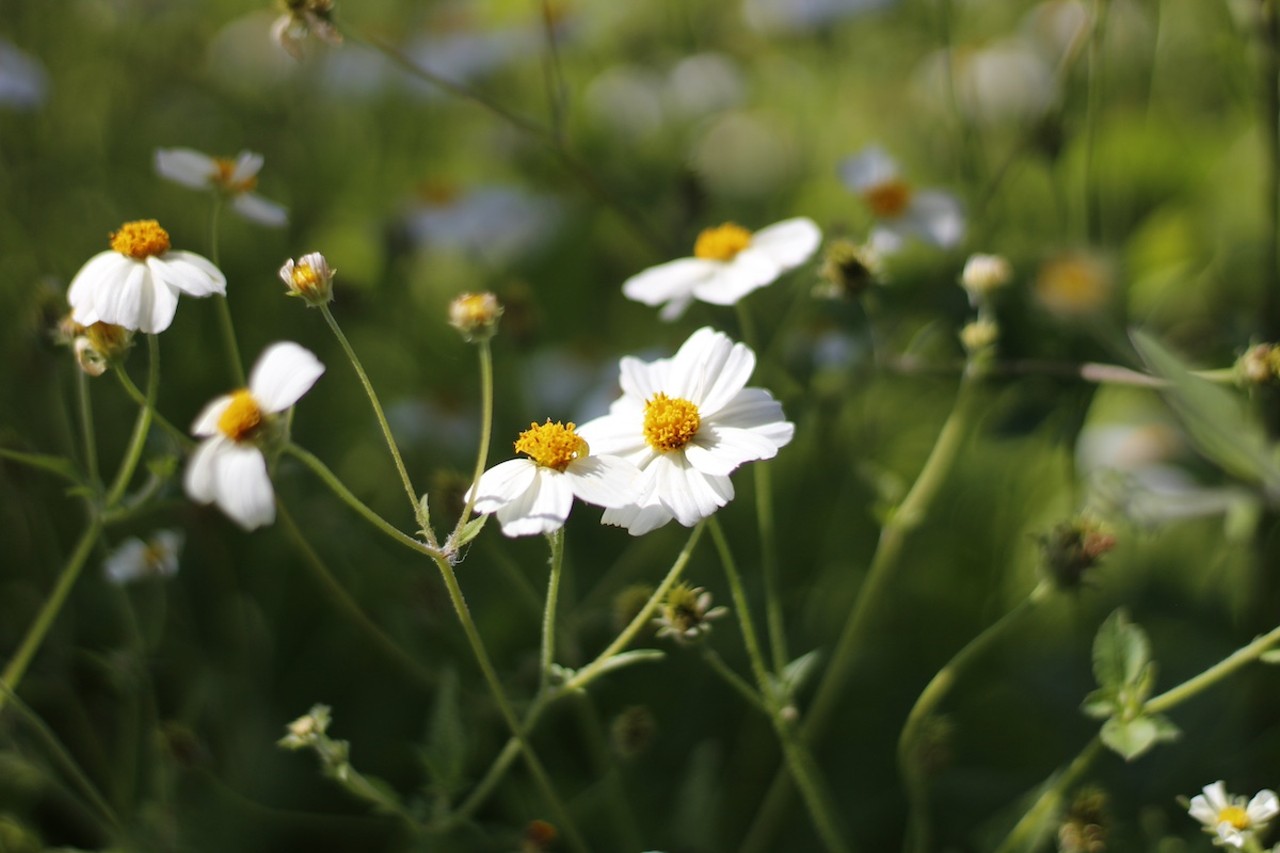
Spanish needles
If you’re a homeowner in Tampa Bay, you may loathe this species for its weedy-like nature. Some of you are probably triggered by its scientific name, Bidens alba. Spanish needles attract a wide variety of butterflies and have leaves that can be eaten raw or as a potherb (the plant actually contains 50% more available iron than spinach). The flower heads can also be eaten raw or used as a decorative garnish on your dinner table.Photo via ClaudioCervantes/Adobe
Page 1 of 2

